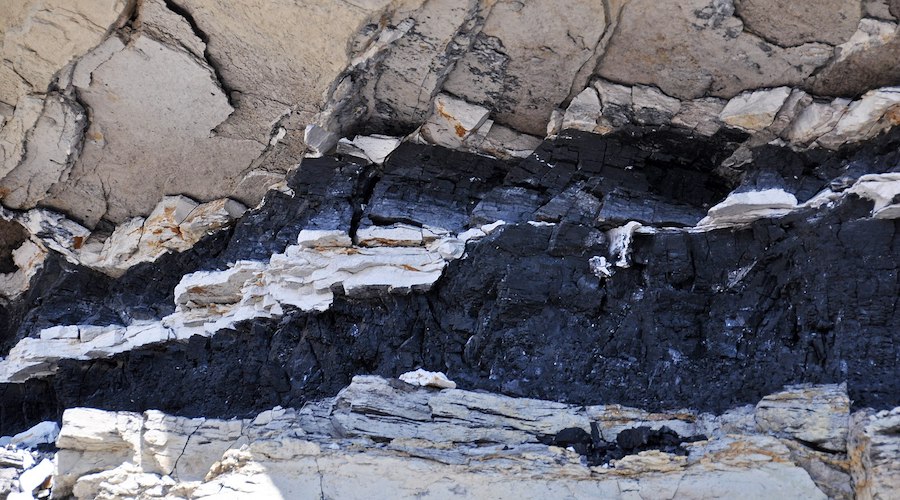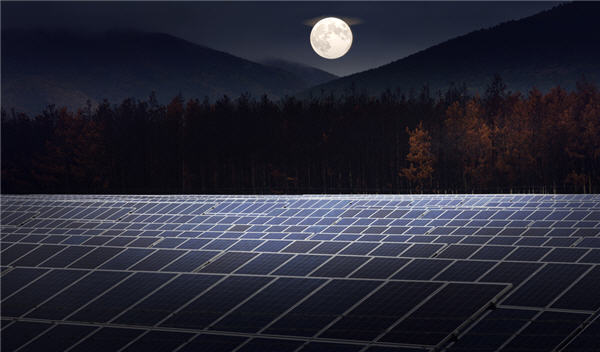Energy
Monday, July 18th, 2022 11:00 am EDT
If you follow CleanTechnica on Facebook, you’ve probably noticed that the comments section there is a dumpster fire. Bot accounts spread disinformation about EVs and renewables, and the elderly people who increasingly make up Facebook’s active user base often fall for it. So, when anybody says anything about EVs or renewables, you see a giant pile of bots and Fox watchers falling all over themselves to spread falsehoods.
Most of the criticism is garbage, but they often are at least partly right about pricing. EVs aren’t always over $100,000 like they used to be, but it’s tough to find one that isn’t $50,000 on the new market. And the used market? Right now, you can’t find a used EV that’s cheaper than the new ones (which are hard to get).
While you can still find cheaper used gas cars to fit low budgets, it’s almost impossible to do that with an EV right now. Can’t afford $20,000? Too bad. And if you can only afford $30,000, your options are very limited right now (maybe a Nissan LEAF or a Chevy Bolt EV/EUV, if you can find one for sale without “market adjustments” of several thousand on top of MSRP).
Obviously, this isn’t great for increasing EV adoption, but there are signs that insane pricing for both new and used EVs could be coming to an end. But, that’s only going to be a good thing if it doesn’t take jobs with it.
Signs Of Trouble In The Expensive Car Market
Today’s lopsided and unusual car market has a number of very unhealthy things underpinning it. Recent articles in Barron’s and Autoblog, and reporting by Atlanta’s Fox 5 all point to the cracks showing.
First off, the increase in prices wouldn’t be possible if it weren’t for the banks going along with it. Normally, there are limits in what banks are willing to lend compared to the vehicle’s market value. Because dealers have taken advantage of shortages in both the new and used markets, the “market” prices lead to lending of up to 140% over book values. So, the prices rose further until the banks started putting limits on it, with cash buyers and people putting bigger down payments driving prices right up to the limit.
Speaking of down payments, that has been weird, too. Normally, putting something down means you have both skin in the game if the loan goes south and that you’ve been responsible enough to gather up some money. But, with people receiving economic stimulus payments and other help from both the federal government and from state and local governments, many people were able to easily slide into a loan they normally wouldn’t have been able to get into. Then, with a temporary spike in new jobs available with higher pay, many people were able to qualify for super high car payments that they couldn’t afford just a few months later.
The result? People have car payments as high as $1,000 (12% of car loans now), pay cuts or lost jobs, and rising costs of living (as much as $400 worth of inflation-driven lost buying power for many families) for people who kept a good job.
This led to an unusual spike in repossessions from loans that started in 2020 and 2021. Not only are there more repos going on, but the banks are ending up in worse shape than usual when they go to auction the car off. The very dealers who drove prices up with greed now don’t want to pay much for repo cars, leaving banks with a lot of money lent out for a car they can’t get much for.
Now, banks and repo men are turning to shady tactics to try to squeeze money back out of the vehicle’s former owners. Among several types of illegal repossessions (taking cars that were paid up, among other things), there’s a big problem with banks demanding fees be paid up before belongings left in the vehicle are returned to their owners.
In other words, things are bad enough that banks and their cronies are willing to risk legal problems (including possible criminal charges) to get a little more money out of people after a repossession.
It would be easy to dismiss all of this as irresponsible lending to subprime borrowers (which is a real problem), but the spike in repos isn’t all happening to subprime paper. The rate of repossessions among people who had great credit scores also doubled in recent months. So, this is more of a systemic problem than one of lending to the wrong people.
Where This Is Headed, & Why It’s Good For The EV Transition
Obviously, this is a bubble in car prices driven by stimulus, shortages, and irresponsible dealers trying to cash in on it. With the problems for banks and borrowers both starting to show, it’s not going to be long before banks pump the brakes or the bubble bursts in spectacular fashion.
Whether the collapse of the bubble happens in an orderly fashion with banks pulling back on stupid borrowing and dealers lowering prices or it happens when demand hits a cliff and leaves both banks and dealers hurting badly, one thing is for sure: prices are going to drop to sustainable levels.
New car prices are already showing signs of dropping as manufacturers offer cheaper EVs, like the 2023 Bolt EV and EUV (coming in below $30k both through 2022 incentives and permanent 2023 prices). When dealers stop charging “market adjustments,” we’ll see this happen in reality.
Perhaps more importantly, we’ll see used car prices drop back below new car prices (they should have never, ever been higher). When this happens, the path to affordable EVs for people with lower incomes will reopen and expand again.
When this starts to happen, expect to see a bunch of howling from people who fall off the gravy train, though. Also, expect to see people who got into a $1,000 payment for a car that should have been a $400 payment find themselves stuck with a car until it’s paid off. If you’re considering buying a car right now, don’t do it unless you can get a decent deal.
Appreciate CleanTechnica’s originality and cleantech news coverage? Consider becoming a CleanTechnica Member, Supporter, Technician, or Ambassador — or a patron on Patreon.
[embedded content]
Advertisement
 This post has been syndicated from a third-party source. View the original article here.
This post has been syndicated from a third-party source. View the original article here.




